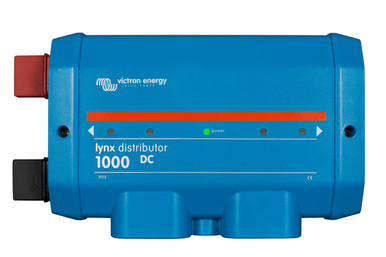MattSapp
New Member
I may be using the wrong search terms, but I've been unable to find a definitive answer...
I'm designing an off-grid system that needs significant storage (along with significant number of panels) as it it up at high elevation and short days with snow are not uncommon in the winter.
I've in the past connected multiple 48v 100ah (EG4 LifePower4) batteries by paralleling them and connecting the inverter positive to the "top" battery and the inverter negative to the "bottom" battery. I've done this with up to four batteries.
Is there a practical limit to how many can be strung together like this, assuming cable sizes are sufficient to carry the load? Could I connect 12 batteries in this manner without worrying about significant imbalances? 24?
I'm designing an off-grid system that needs significant storage (along with significant number of panels) as it it up at high elevation and short days with snow are not uncommon in the winter.
I've in the past connected multiple 48v 100ah (EG4 LifePower4) batteries by paralleling them and connecting the inverter positive to the "top" battery and the inverter negative to the "bottom" battery. I've done this with up to four batteries.
Is there a practical limit to how many can be strung together like this, assuming cable sizes are sufficient to carry the load? Could I connect 12 batteries in this manner without worrying about significant imbalances? 24?




